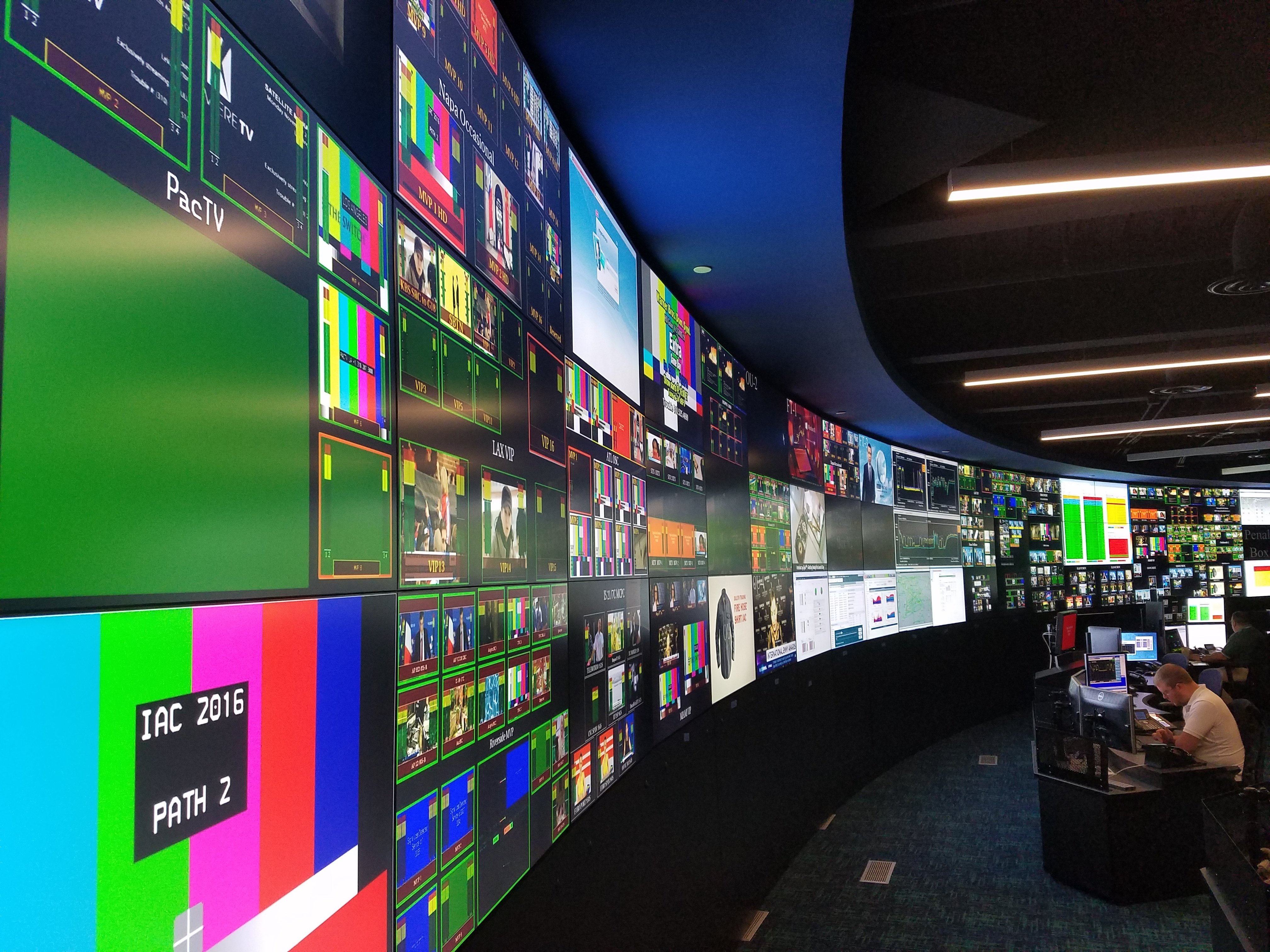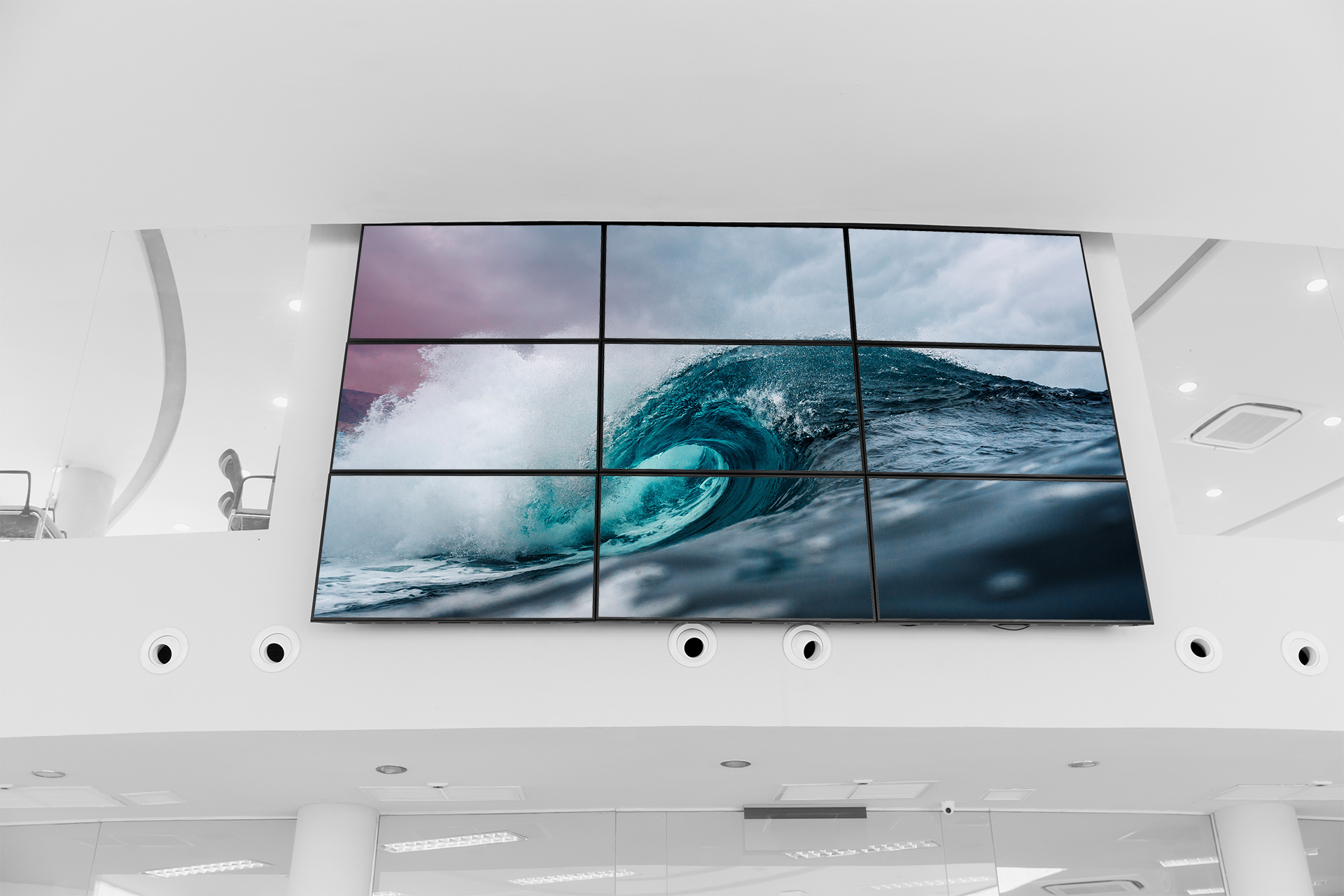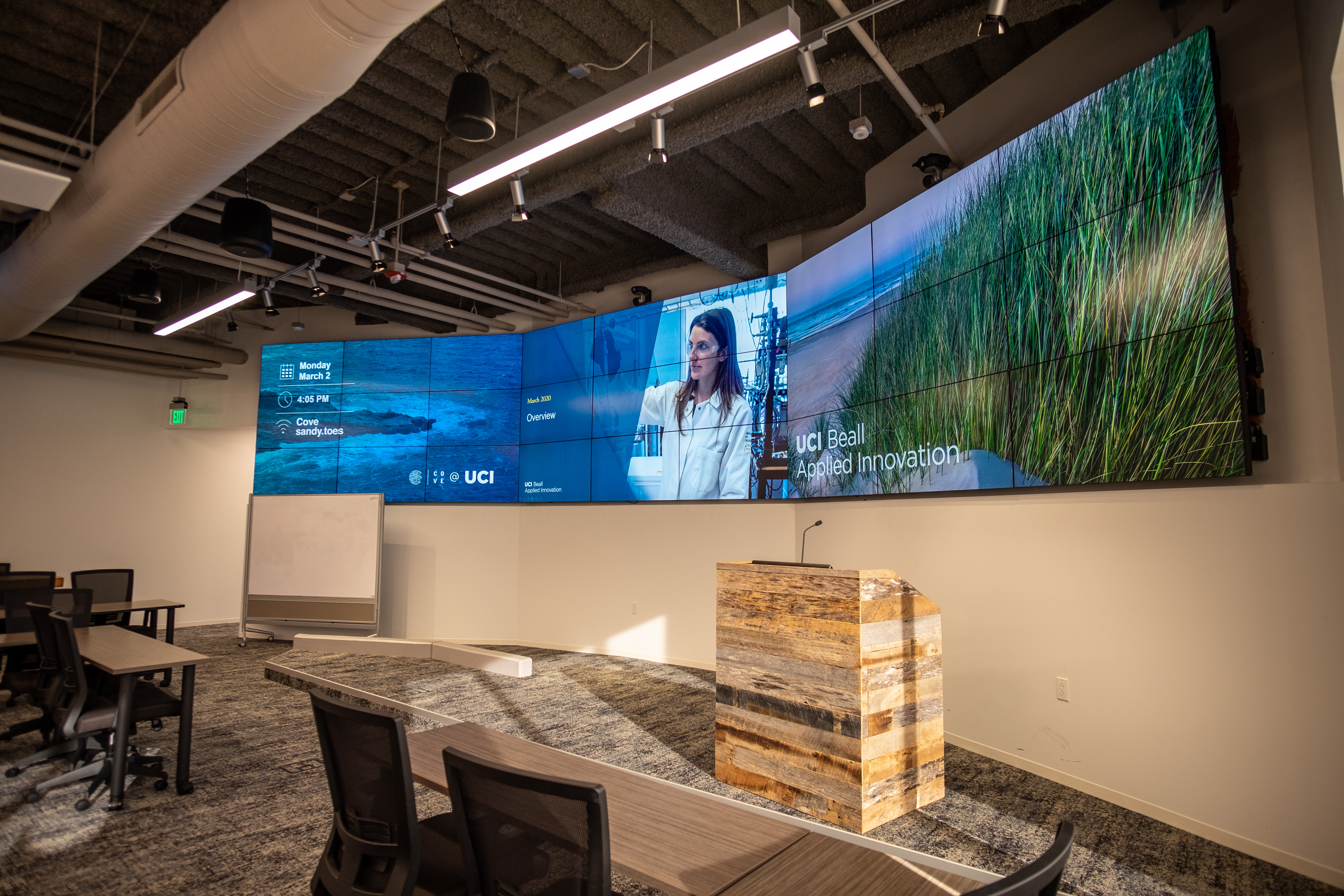
If you follow the latest releases in technology, are an automotive fan, or you just like seeing the latest mind-blowing projects from Elon Musk then you have probably seen the photos of Tesla’s new concept car, the Tesla Roadster.
The Roadster has some jaw-dropping stats, to the point of needing to read the specs multiple times to make sure that the author didn’t accidentally add a zero to some of the numbers. The car will go over 250 miles per hour, and over 600 miles on a full battery charge. That’s twice the distance of most standard combustible engine automobiles with a full tank of gas, and twice as fast as the top speed of your average automobile on the road today.
We love technology at Hiperwall and breaking down how the latest shiny toys work. We were very amused upon learning more about the Roadster; what we found is that the Roadster and Hiperwall video walls are powered in very similar fashions, namely, the power in the Roadster is distributed throughout the vehicle just like our software facilitates distributed visualization on video walls around the world. Let me break down the Roadster’s technology so it’s clear what I mean.
On the Tesla Roadster, rather than having one massive engine under the hood, or as a mid-engine car like some sports cars do, the Roadster has 4 different power units. One unit for each wheel on the car. This helps the car operate more efficiently, distributes weight evenly for better handling, mitigates risk by eliminating a single point of engine failure, and produces tremendous power for the Roadster. Combustion engines in standard cars can’t do any of that, it’s simply not feasible to have an engine attached to each wheel on the car.
Hiperwall software powers LED video walls with the same approach as the Roadster, and that’s exactly why our software is more powerful than any other competitor on the market. Hiperwall pioneered distributed visualization over a decade ago when we disrupted the market and put small PC computers behind each display in a video wall. Up until Hiperwall’s innovations entered the market, the traditional video wall providers had one massive PC or server filled with miles of AV cord and cable that connected to the displays in the video wall.
Hiperwall’s market-leading disruption and innovation allows Hiperwall to offer capabilities and power our competitors can only dream of: unlimited resolution for video walls, no single point of failure allowing the video wall to stay active even if one display or PC has an issue, and unlimited power that ensures you can put as many pieces of content as you need up on the wall. To keep it simple: since we use multiple PCs to power video walls, the video wall is capable of more than anyone else on the market. That’s the beauty of distributed visualization; it’s more powerful than one standalone unit could ever be.
Elon Musk is an incredible visionary and we admire the progress he is making in the automotive field. Our founders demonstrated the immense capabilities of distributed power units in their own field over a decade ago when they developed Hiperwall software. We’re glad to see that other industries are taking notice and innovating accordingly.





